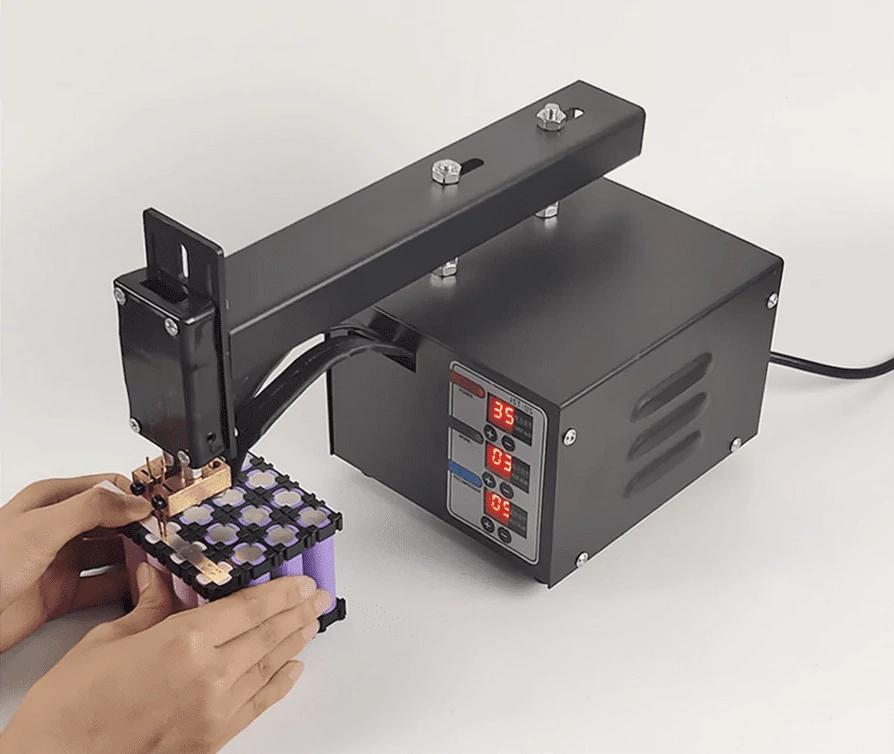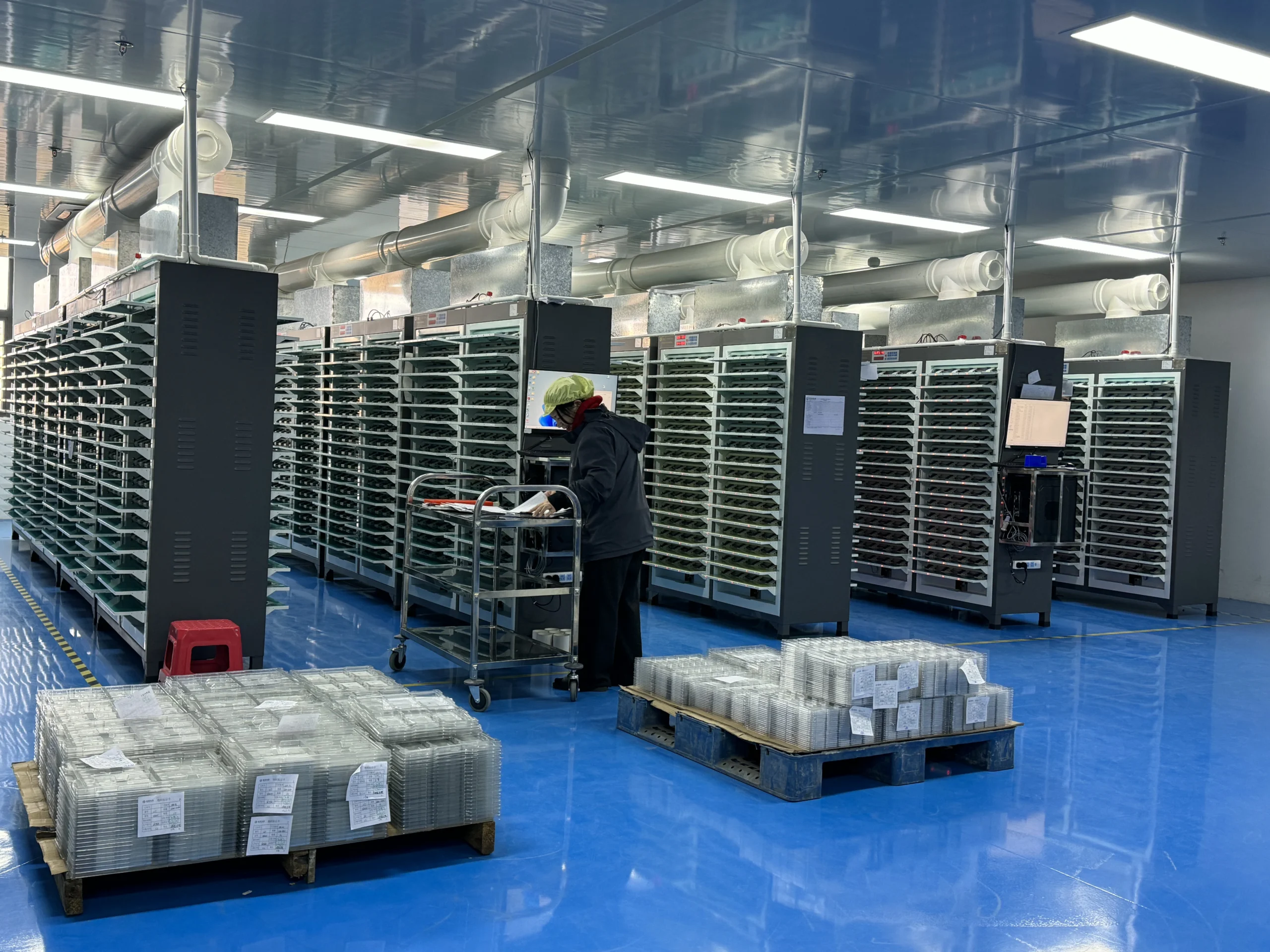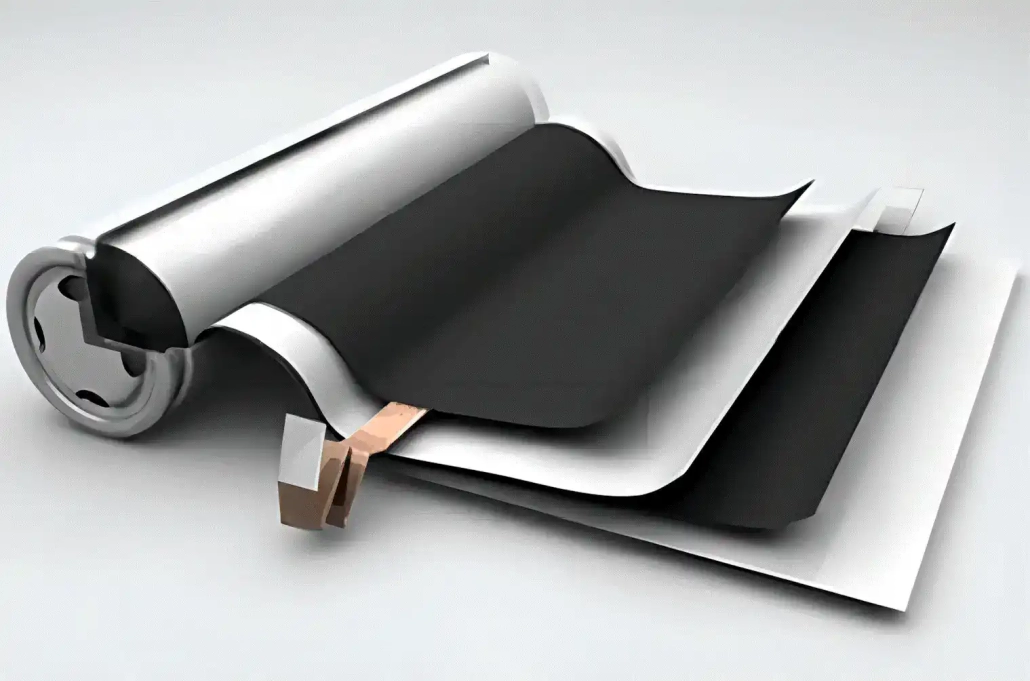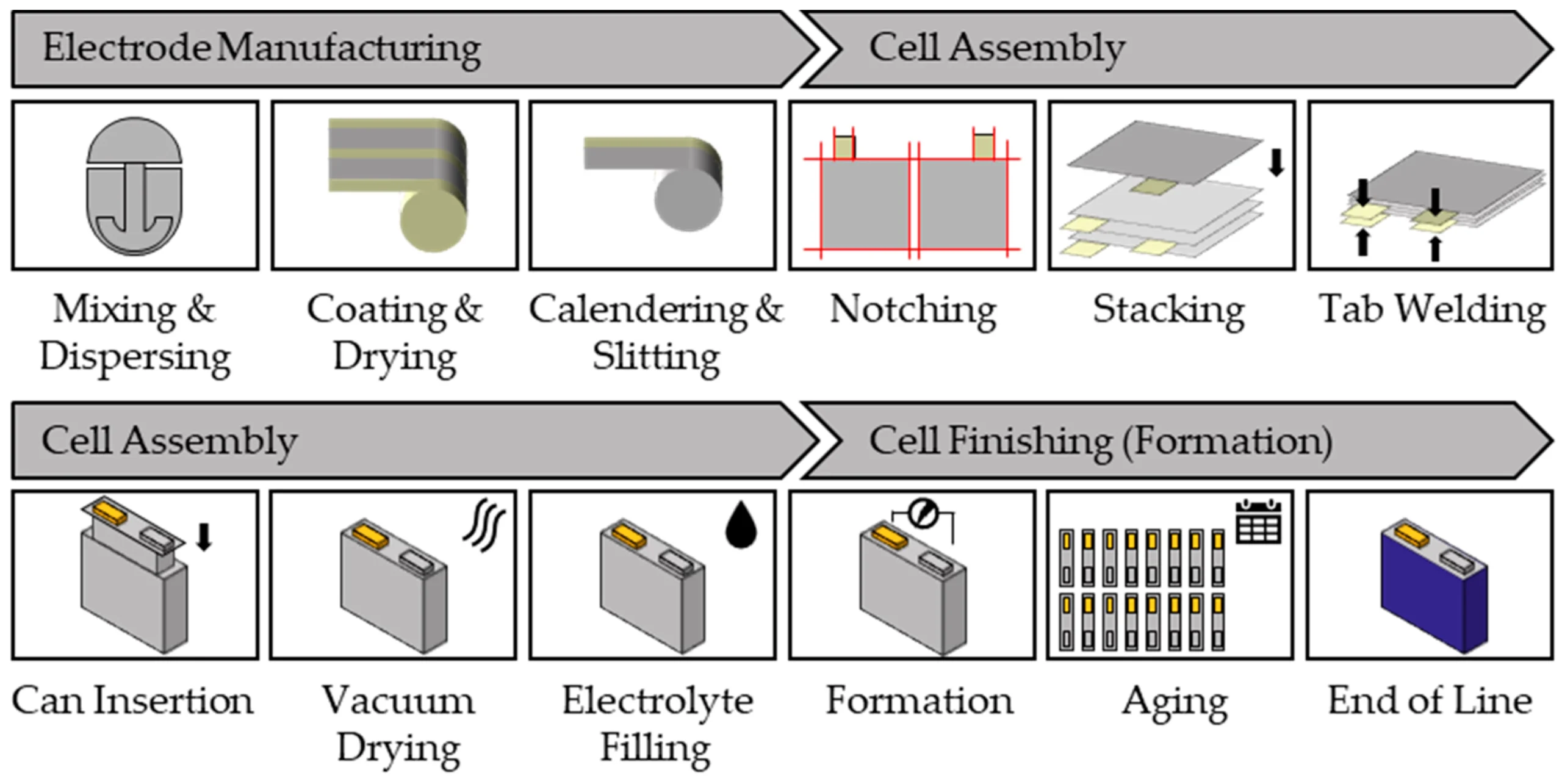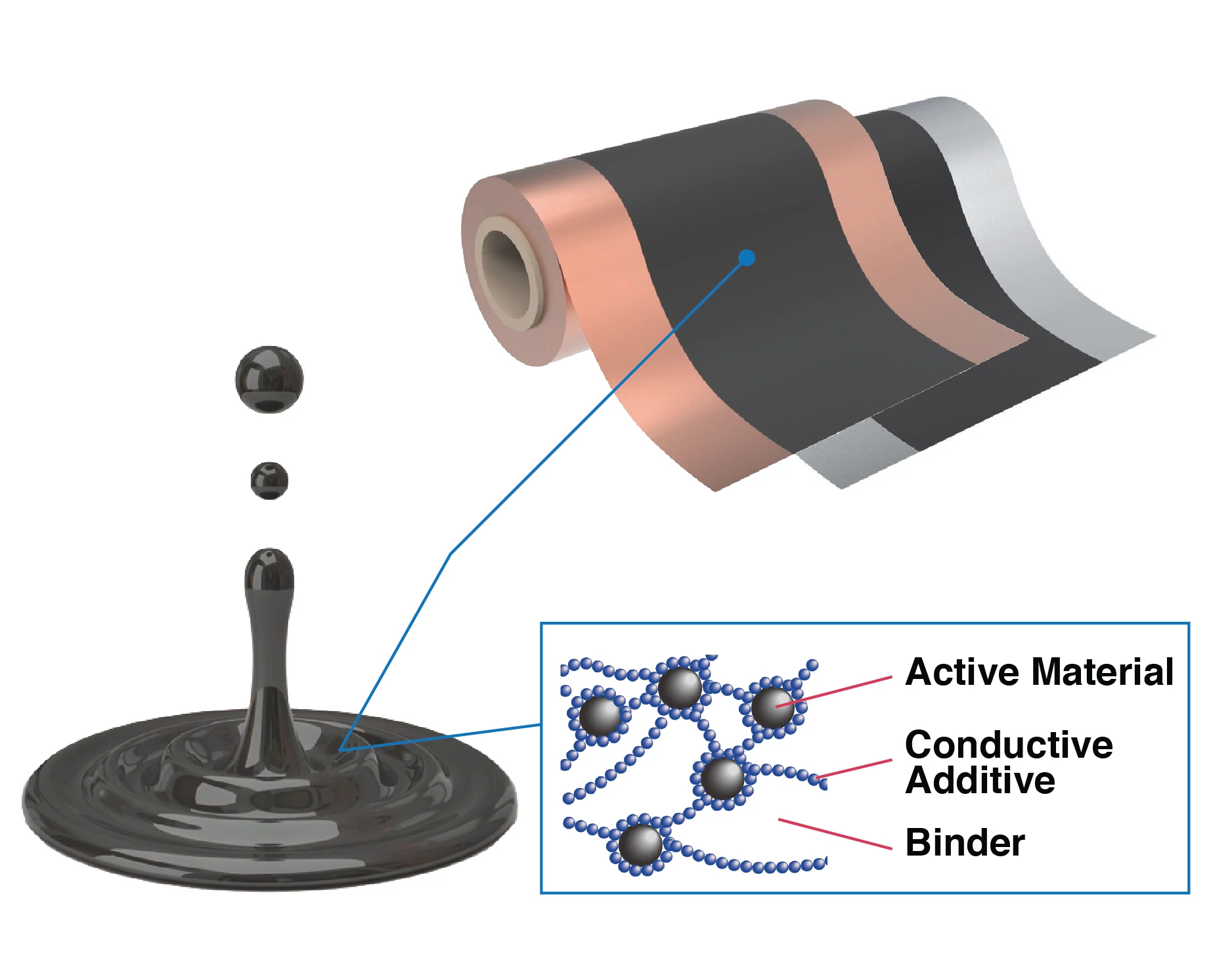Lithium-ion battery spot welding process
main content
Spot welding, as one of the core processes in the manufacturing of lithium-ion batteries, achieves efficient connection between the battery cells and the casing through the resistance thermal effect. Its quality directly determines the battery's electrical conductivity, mechanical strength and long-term reliability. In high-vibration and high-power scenarios such as motorcycle start-stop batteries, the optimization of spot welding processes is particularly crucial. Reliable connections with micron-level precision need to be achieved through material matching, parameter control, and intelligent detection technologies.
I. Principles and Key Parameters of Spot Welding Technology
Spot welding applies pressure to the nickel sheet and the electrode tabs of the battery cell through electrodes, and passes a momentary large current (usually 3000 to 8000A). The contact resistance generates Joule heat (the temperature can reach 1400 to 1600℃), causing the metal to locally melt and form a molten core. Motorcycle batteries, due to the need to withstand high-frequency vibrations, often adopt a double-layer nickel strip design (with a thickness of 0.10.3mm), and enhance the conductive area and shear resistance through double-sided spot welding.
Current control: High-frequency inverter power supply (such as IPG's MDA8000A) is adopted, and spatter is suppressed through forward and reverse wave output. The welding time is accurate to the 0.1ms level, ensuring that the weld core diameter is ≥3mm. For example, the welding of 26650 battery cells requires a pulse time of 210ms and a current density of 50A/mm².
Pressure gradient: The servo motor drives the electrode (pressure 0.30.6MPa) to dynamically compensate for the deformation of the TAB. A segmented pressure curve is adopted. The initial pressure is 500N, and it is reduced to 300N during the formation stage of the weld core to reduce false welding.
Electrode material: Chromium-zirconium-copper or tungsten alloy electrode (hardness ≥180HB), combined with a water cooling system (flow rate ≥5L/min), the service life can reach over 100,000 times.
1. Anti-vibration design and material compatibility
Nickel strip treatment: Pre-pressed corrugated technology (peak height 0.10.2mm) is adopted to increase the contact area by 30% and enhance the peel strength under vibration conditions (≥6kgf).
TAB strengthening: The surface of the battery cell tabs is treated with laser roughening (Ra=3.2μm), which inhibits interlayer displacement by increasing the friction coefficient and reduces the cycle expansion rate by 15%.
Composite structure: Aluminum-copper composite current collector (1μm aluminum layer, 4μm copper layer), weight reduction by 60%, and internal resistance reduction (≤0.5mΩ) at the same time.
2. High-precision equipment selection
Automation system: Integrated with CCD vision positioning (accuracy ±0.05mm) and a six-axis mechanical arm, supports importing CAD paths via USB flash drive, and the model change time is ≤3 minutes. For instance, the BT850 spot welding machine can achieve a production efficiency of 3,600 to 4,000 battery cells per hour.
Laser resistance composite welding: For high-nickel cathods (such as NCM811), a fiber laser (wavelength 1064nm) is used to pre-melt the surface oxide layer, and resistance spot welding is carried out simultaneously, increasing the welding strength by 25%.
1. Online monitoring system
Real-time feedback: Integrated LN8541 current sensor and PC817 optocoupler isolation module, it monitors the fluctuation of welding current (deviation ≤±3%) and automatically triggers the shutdown alarm.
Solder joint inspection: X-ray full inspection system (resolution 5μm) is used to analyze the morphology of the molten core. A porosity of ≤2% is considered a qualified standard. Meanwhile, helium mass spectrometry leak detection (with a sensitivity of 1×10⁻⁷Pa·m³/s) was adopted to ensure the sealing performance.
2. Destructive testing
Peel strength test: A dedicated fixture is used to peel the nickel strip at a speed of 10mm/s, with a breaking force of ≥4kgf (0.1mm nickel sheet) to 7kgf (0.3mm nickel sheet).
Cycle expansion analysis: After full charging, disassemble and measure the displacement of the tabs. For motorcycle batteries, the expansion rate after 1000 cycles should be ≤0.8mm.
Iv. Technical Challenges and Innovation Directions
1. Difficulties in adapting silicon-based anodes
The expansion rate of silicon material is as high as 300%, and traditional spot welding is prone to cause the TAB to break. The solutions include:
Flexible electrode design: Circular coiled pins combined with pre-lithiation process allow for dynamic extension and retraction of the TAB.
Ultrasonic-assisted welding: 20kHz ultrasonic waves combined with mechanical vibration break down the oxide layer and refine the grains, increasing the strength of the weld joint by 40%.
2. Intelligent upgrade
Digital twin model: A welding parameter optimization system based on machine learning (such as IPG's WTB4000B power supply), which adjusts the current curve through real-time prediction of the molten pool temperature, increasing the CPK value from 1.33 to 2.0.
Laser vision fusion detection: High-resolution linear array CCD (5μm) in combination with AI algorithms can identify defects such as false soldering and explosion, with a false detection rate of ≤0.1%.
3. Environmental protection and energy efficiency optimization
Water-based adhesive welding: Equipped with low-temperature spot welding process (≤70℃), energy consumption is reduced by 30% compared with the traditional NMP system.
Microwave resistance composite welding: Microwave preheating reduces heat input, and the comprehensive energy efficiency ratio is increased to above 2.5.
Conclusion
Spot welding, as the "electrical lifeline" of lithium-ion start-stop batteries for motorcycles, is seeing its technological innovation leap from experience-driven to data-driven. Through the collaborative optimization of high-precision equipment, intelligent detection systems and new composite materials, the spot welding process is not only enhancing the connection reliability, but also evolving towards ultra-high speed (> 4000PCS/h) and ultra-low heat impact (HAZ≤0.1mm). In the future, with breakthroughs in solid-state battery and dry electrode technologies, spot welding may be deeply integrated with laser cutting and TAB forming processes, providing more efficient manufacturing solutions for new energy power systems.

START-STOP LITHIUM battery
Enov start-stop battery is designed to provide excellent performance for high-demand start-stop vaehicles. It adopts the third-generation intelligent lithium platform architecture to achieve technological breakthroughs in core indicators such as cycle life, environmental adaptability and energy density. Compared with the traditional lead-acid battery system, the energy efficiency is increased by 210%, the cycle life is extended by 8-10 times, and the monthly self-discharge rate is controlled within 3%. Enov's unique low-temperature battery technology makes a breakthrough in achieving stable output in the whole climate domain from -30℃ to 65℃, maintaining more than 90% of the effective capacity release under extremely cold conditions (-30℃), and maintaining 90% of the capacity in high temperature environments (65℃).
The start-stop battery series products cover the mainstream voltage platform of 12V/24V/48V, and support flexible configuration of LFP (lithium iron phosphate) and NCM (lithium nickel cobalt manganese oxide) dual-material system. All models adopt modular design to support customization of different model specifications. Enuo engineering and technical team to provide full cycle technical service support, if you need, please contact us.
Other products
UAV BATTERY
LITHIUM ENERGY STORAGE BATTERY
QUICK INQUIRY
FAQ
Access to high frequency technical questions with one click, get accurate answers on product application, after-sales policy and customization process.
Service and Support
Get the latest product specifications, explore professional OEM/ODM customization services, click to open exclusive technical support and production solutions.
Become a Partner
We sincerely invite resources to interconnect, work together for win-win development, and immediately open a new chapter of strategic cooperation!
